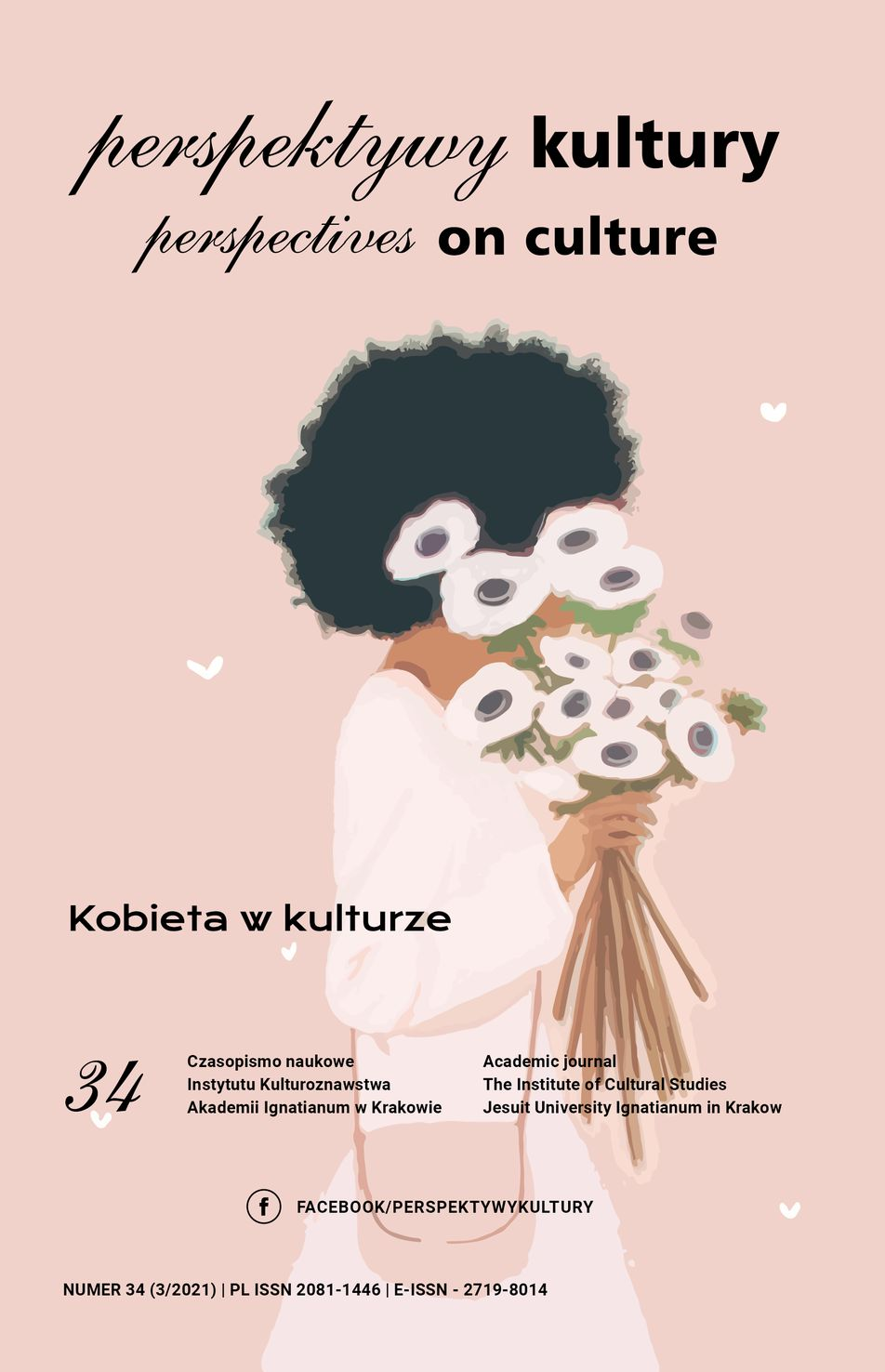Journey to the Extremes of the Senses – Searching for New Forms of Spirituality
Abstract
The article takes up the issue of forms of spirituality existing in the modern, disenchanted world and their meaning for the Western man who is still looking for metaphysics. A reference to the progressing process of secularization in the world and its sociocultural causes, related to intellectual and moral transformations of the 1960s. leads to the conclusion that as a result of the negation of values from the heritage of Christianity, previous religiousness has lost its meaning. However, it is not equal to a complete disappearance of symbolism and spiritual issues. Despite the paradigm of rationality, man still desires to communicate with the sphere that exceeds sensual cognition. The existence of this dialectic is also discussed in a non-Western context by using the example of Siberian shamanic practices, which represent the presence of forms of spirituality that resist the changes inherent in the modern era and Stalinist ideology. This phenomenon is shown in many contexts and leads to the conclusion that Siberian shamanism is currently a hybrid, escaping the classic anthropological and religious studies approaches. By juxtaposing the vision of Siberian shamanism from Mircea Eliade’s book with its contemporary, theatrical form, the article proves that shamanism in Siberia submisses the process of globalization and loses its sacral features. Although shamanism is based between indigenous tradition and commercialism, it is an important part of Russian culture. Moreover, it is interesting for Western man who is trying to expad his own viev on forms on spirituality in a modern world.
References
Bielik-Robson, A. (1998). Inna nowoczesność. Pytania o współczesną formułę duchowości. Kraków: Wydawnictwo Universitas.
Eliade, M. (2001). Szamanizm i archaiczne techniki ekstazy. Tłum. K. Kocjan. Warszawa: Wydawnictwo Naukowe PWN.
Eliade, M. (2017). Sacrum, mit, historia. Tłum. A. Tatarkiewicz. Warszawa: Państwowy Instytut Wydawniczy.
Grof, S. (2010). Poza mózg. Narodziny, śmierć i transcendencja w psychoterapii. Przeł. I. Szewczyk. Kraków: Wydawnictwo A.
Hugo-Bader, J. (2020). Szamańska choroba. Warszawa: Hugo-Bader Media.
Litwiszyn, A. (2001). New Age. Nowy mit kontrkultury? Pozyskano z: http:// www.biuletyn.agh.edu.pl/archiwum_bip/_2001/_89/19_89.html (dostęp: 10.02.2021).
Myerhoff, B.G. (2009). Śmierć we właściwym czasie: konstrukcja „ja” i kon- strukcja kultury w dramacie rytualnym. W: J.J. MacAloon (red.), Rytuał, dramat, święto, spektakl. Wstęp do teorii widowiska kulturowego. Przekł. K. Przyłuska-Urbanowicz. Warszawa: Wydawnictwo Uniwersytetu Warszawskiego.
Onfray, M. (2019). Dekadencja. Życie i śmierć judeochrześcijaństwa. Przekł.
E. i A. Aduszkiewiczowie. Warszawa: Wydawnictwo Czarna Owca. Schechner, R. (2000). Przyszłość rytuału. Przeł. T. Kubikowski. Warszawa: Oficyna Wydawnicza Volumen.
Taylor, Ch. (2000). Koniec świata chrześcijańskiego – zysk czy strata? Tłum.
A. Pawelec. Tygodnik Powszechny. Pozyskano z: http://www.tygodnik.com. pl/dni%20tischner/taylor.html (dostęp: 10.02.2021).
Topp, I. (2014). Tradycja i pamięć w czasach transformacji. O współczesnym szamanizmie na Syberii. W: I. Topp, Słowa niemodne? Kultura, symbol, tradycja. Wrocław: Wydawnictwo Uniwersytetu Wrocławskiego.
Wallerstein, I. i Zukin, S. (2004). 1968 – rewolucja w systemie światowym. Tezy i pytania. Przeł. A. Ostolski. Krytyka Polityczna, nr 6.
Copyright (c) 2021 Jesuit University Ignatianum in Krakow

This work is licensed under a Creative Commons Attribution-NoDerivatives 4.0 International License.
Autor, zgłaszając swój artykuł, wyraża zgodę na korzystanie przez Wydawnictwo Uniwersystet Ignatianum z utworu na następujących polach eksploatacji:
- utrwalania utworu w formie papierowej, a także na nośniku cyfrowym lub magnetycznym;
- zwielokrotnienia utworu dowolną techniką, bez ograniczenia ilości wydań i liczby egzemplarzy;
- rozpowszechniania utworu i jego zwielokrotnionych egzemplarzy na jakimkolwiek nośniku, w tym wprowadzenia do obrotu, sprzedaży, użyczenia, najmu;
- wprowadzenia utworu do pamięci komputera;
- rozpowszechniania utworu w sieciach informatycznych, w tym w sieci Internet;
- publicznego wykonania, wystawienia, wyświetlenia, odtworzenia oraz nadawania i reemitowania, a także publicznego udostępniania utworu w taki sposób, aby każdy mógł mieć do niego dostęp w miejscu i czasie przez siebie wybranym.
Wydawca zobowiązuje się szanować osobiste prawa autorskie do utworu.





